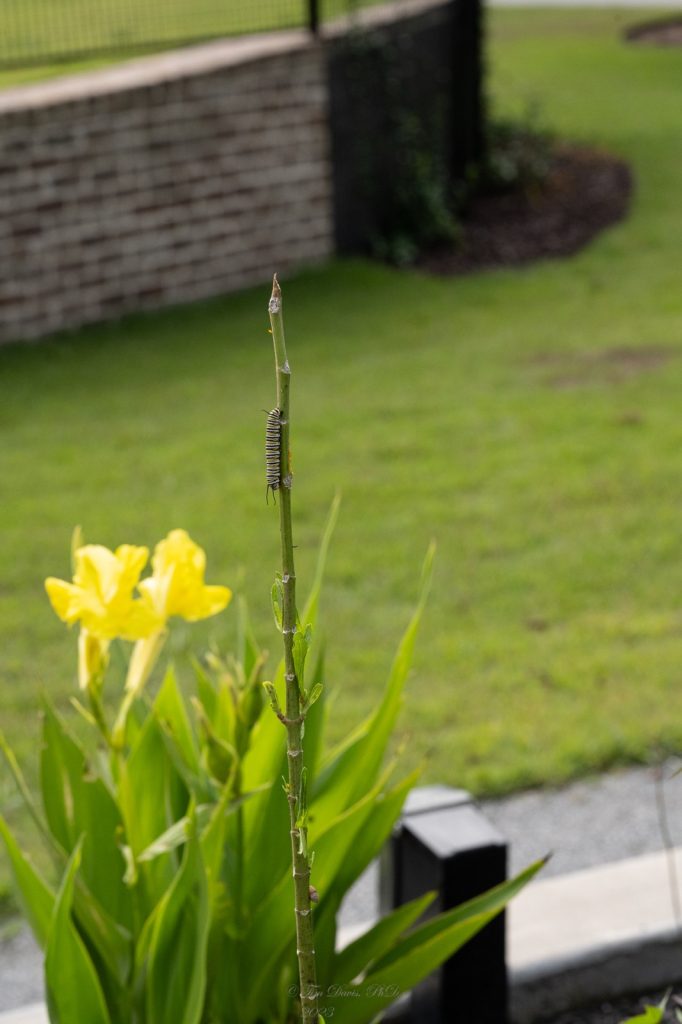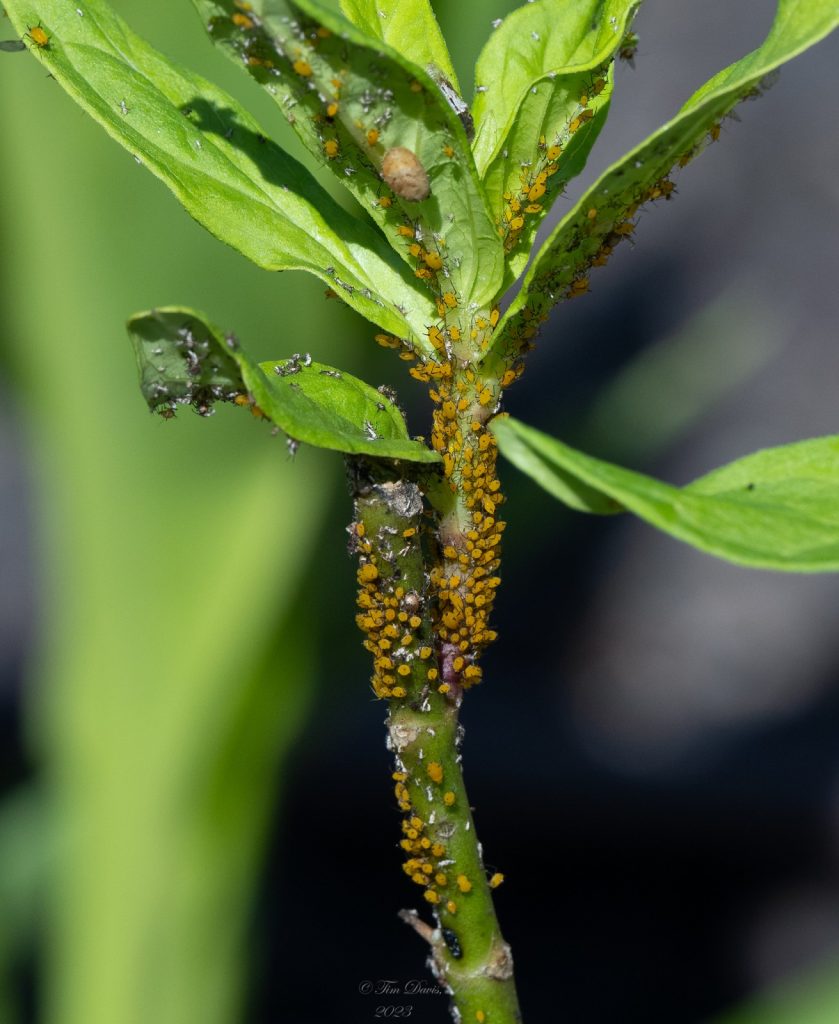Introduction: Nature has a way of creating beautiful and intricate relationships between different species. One such remarkable relationship exists between the milkweed plant and the iconic monarch butterfly. The monarch butterfly (Danaus plexippus) is a symbol of beauty and resilience, while milkweed plants (Asclepias spp.) play a crucial role in their survival. In this blog, we will explore the fascinating relationship between milkweed and monarch butterflies, including the monarch butterfly’s life cycle and the importance of native milkweed over tropical milkweed.

The Monarch Butterfly Life Cycle: Before delving into the connection with milkweed, let’s take a closer look at the life cycle of the monarch butterfly, which consists of four distinct stages: egg, larva (caterpillar), pupa (chrysalis), and adult butterfly.
The Importance of Milkweed for Monarchs: Milkweed is not just any plant for monarch butterflies; it is their sole host plant. Monarchs have evolved a unique relationship with milkweed, making it the only plant on which they can lay their eggs and their caterpillars can feed.


- Egg-Laying Site: Female monarch butterflies seek out milkweed plants to lay their eggs because milkweed leaves provide a vital source of food for their offspring. The toxins present in milkweed leaves protect the monarch eggs and caterpillars from predators.
- Caterpillar Food Source: Monarch caterpillars are specially adapted to feed on milkweed. They store and utilize the milkweed toxins as a defense mechanism, which makes them unpalatable to many predators.
- Migration Fuel: Milkweed also plays a crucial role in the annual monarch butterfly migration. Adult monarchs fuel up on nectar from milkweed and other flowers to prepare for their long journey to wintering grounds in Mexico, California, or Florida.

Native Milkweed vs. Tropical Milkweed: While milkweed is essential for monarch butterflies, it’s important to emphasize the importance of using native milkweed species over tropical milkweed. Many well-meaning gardeners and conservationists have planted tropical milkweed (Asclepias curassavica) in North America, believing it to be helpful to monarchs. However, this practice can have unintended negative consequences.
- Egg Stage: The monarch butterfly begins its life as a tiny, oval-shaped egg laid by an adult female on the underside of milkweed leaves. These eggs are pale in color and are no larger than a pinhead.
- Larva (Caterpillar) Stage: After a few days, the eggs hatch into voracious caterpillars. These caterpillars feed exclusively on milkweed leaves, thanks to their unique ability to detoxify the plant’s toxic compounds. Over a period of about two weeks, they grow and molt several times, each time becoming larger and more vibrant.
- Pupa (Chrysalis) Stage: When the caterpillar reaches its full size, it attaches itself to a suitable surface, forms a protective chrysalis, and undergoes a miraculous transformation. Inside the chrysalis, the caterpillar’s body disintegrates and reorganizes into the adult butterfly.
- Adult Butterfly Stage: After about 10 to 14 days inside the chrysalis, the fully developed butterfly emerges. It takes some time for its wings to dry and harden before it can fly. Adult monarchs feed on nectar from various flowers, but they retain a special connection to milkweed, using it not only for nectar but also for egg-laying.


Conclusion: The relationship between milkweed and monarch butterflies is a beautiful example of coevolution and mutual dependence in nature. By understanding the monarch butterfly’s life cycle and the significance of native milkweed plants, we can actively contribute to the conservation of this iconic species. Choosing native milkweed species for our gardens and supporting conservation efforts aimed at preserving their habitats are steps we can all take to ensure that the enchanting monarch butterfly continues to grace our world with its presence for generations to come.